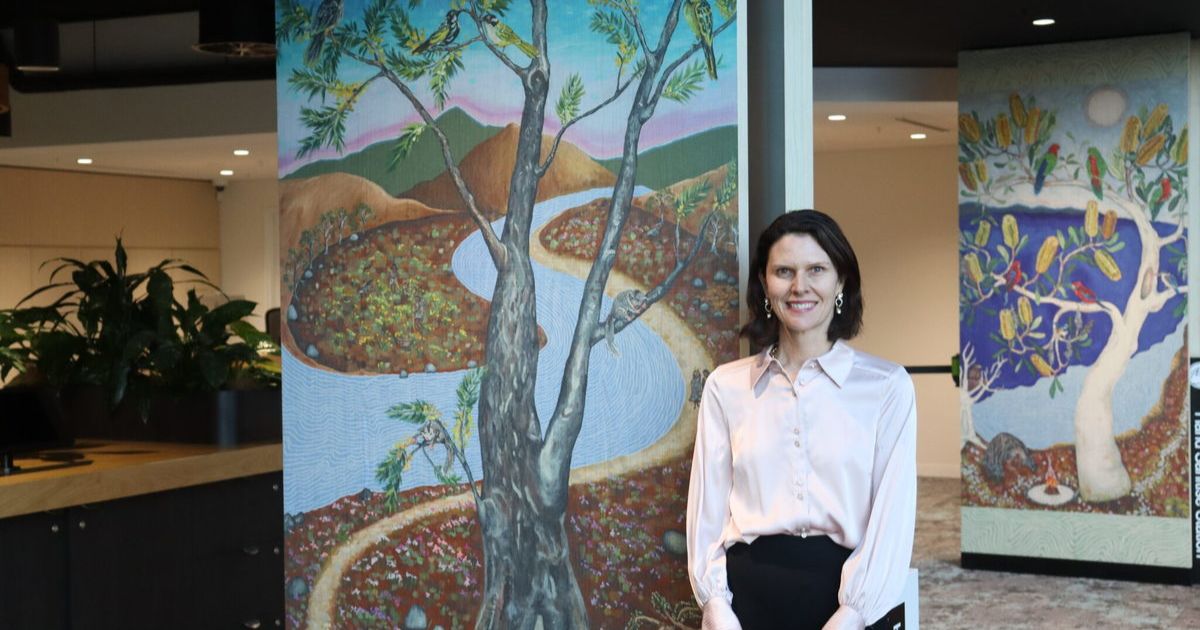Uncovering the history of the Great Ocean Road
LORNE Historical Society is aiming to ensure an important part of local and national history is preserved.
The Great Ocean Road is the largest war memorial in the world and was initially constructed by servicemen returning from World War I.
But despite this, there is little record of the returned service personnel who worked on the road.
About a decade ago, then Portland Family History Group president Iain Grant contacted Lorne Historical Society about working together to identify and list the servicemen who constructed the road.
Mr Grant has since passed away, but Lorne Historical Society vice president Peter Spring said he made a significant contribution to the society’s knowledge of workers.
“It was a collaboration between Iain Grant and the Lorne Historical Society. When we put the information we had together we had about 200-250 (names of the servicemen who helped build the road),” said Mr Spring.
“It became a bit of a project for Iain to make appeals for more information in country Victoria through radio and country newspapers, and I helped him in the promotion of that. We then got it up to about 380.
“After Iain’s passing, his wife very generously handed over his records to me to be kept by the Lorne Historical Society.”
Mr Spring has continued to strive to secure details, but he said they still know only a small portion of the returned servicemen who helped build the road.
“We’re now up to about 470, which is still a long way short of the 3,300-odd that worked on the road.”
A documentary titled The Story of the Road was released last year as part of the celebrations marking the 100th anniversary of the Great Ocean Road’s construction.
Mr Spring featured in the documentary and said it helped more people get in touch about relatives they believed had worked on the road.
“When the documentary was launched in September last year there was a significant spike, and once the documentary was shown on SBS earlier this year that prompted another spike,” said Mr Spring.
“I’ve also been involved in a couple of presentations to community groups like Rotary and Probus. I have done a couple of those via a Zoom and a couple in person, and on each occasion, we got one or two names.
“There’s not a lot of understanding on how the Great Ocean Road was constructed and that returned servicemen that constructed the most difficult part of the road. Once people understand that they talk within their own families.”
While working conditions were difficult and even treacherous at times, Mr Spring said it is likely it made the transition back into society less jarring for many of the returned servicemen.
“The names of some of the places that they were working on I think reflects the camaraderie and experience of the returned servicemen. Places like Mount Defiance, there’s another area called The Somme because of the conditions they experienced while working on the road, once you get to Apollo Bay there’s Shrapnel Gully, all names that are reminiscent of experiences on the Western Front,” said Mr Spring.
“That said, in many respects I think as a project to help returned servicemen rehabilitate and assimilate back into a normal life. The chief engineer on the project was Major William McCormack, and their work and their living conditions were fairly regimented along military lines.
“McCormack himself had a lot of respect for the men: they were treated well, they were paid well, they were fed well, and he would have been very conscious that these people were returning from having experienced some pretty horrific conditions.”
Exemplifying this was the lack of explosives used on the road due to many of the returned servicemen experiencing shellshock.
If people believe one of their relatives was one of the servicemen who worked on the road, they can email [email protected].


















